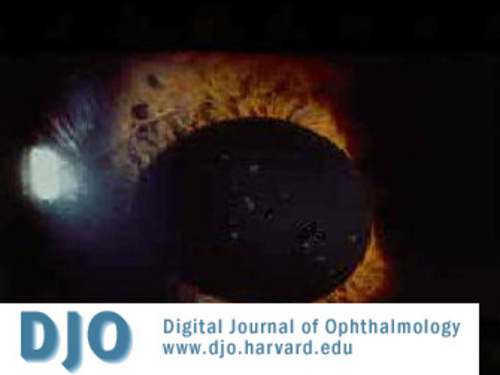Glaucoma Quiz 4

Figure
Answer: Posner-Schlossman syndrome (Glaucomatocyclitic crisis)
2. What is the differential diagnosis?
Answer: Inflammatory open-angle glaucoma (esp. viral), acute angle-closure glaucoma, pigmentary glaucoma, Fuch’s heterochromic iridocyclitis, and neovascular glaucoma.
3. How do you differentiate this condition from uveitic glaucoma?
Answer: In uveitic glaucoma, there is usually more discomfort, more conjunctival injection, more cells and flare, and usually signs of past inflammation (e.g. peripheral anterior synechiae, posterior synechiae, etc.).
4. How do you treat the patient?
Answer: Any of the following may be used: topical beta-blockers, topical alpha-agonists, topical or systemic carbonic anhydrase inhibitors, topical corticosteroids, and cycloplegics.
5. Why is the follow-up very important?
Answer: These patients are at high risk for developing chronic open-angle glaucoma and therefore should be watched carefully.
